Guided Reading: 1st grade Style
Guided Reading offers students intentional reading instruction with texts that are just a little too hard! From lesson planning to benchmarking students to word work activities, planning and preparing for Guided Reading can be overwhelming. Over the past 4 years, I have tested different group sizes, organizational systems, and group structures to see what works. So, here we go!
Throughout this post, you’ll find Amazon Affiliate links, which means Amazon tosses a few nickels my way if you purchase something through that link, at no extra cost to you, that help keep my corner of cyber-space running and helps fund giveaways!
Grouping Students in Guided Reading Groups
Over the course of the first few weeks of school, I sneak in the time to meet with and benchmark all of my students. This is definitely a labor of love and times lots of time, but by having reading levels for all of my students I’m able to intentionally plan instruction! Without this information, I would be randomly pulling books and wasting our learning time. Our school uses Reading A-Z to benchmark students and print guided reading books.
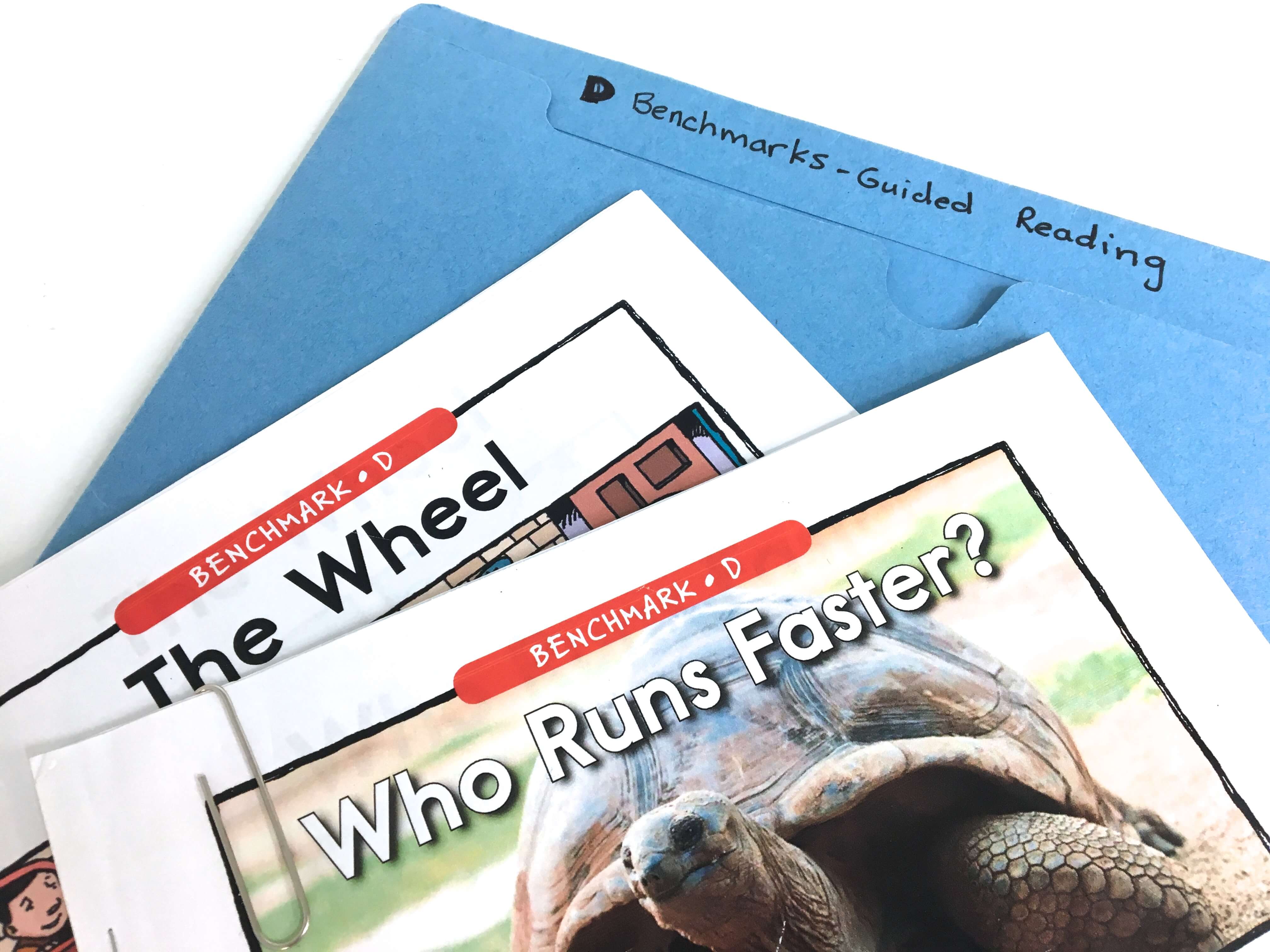
Once I have Reading Benchmarks, I list all of my students by Guided Reading Level. When I do this I put them under their independent level. Then, at the very bottom I choose my groups, listing their Instructional Level (the level at which I’ll work with students) and the amount of time I spend with groups. When I make groups, I always try to shoot for 6 students. This is the number recommended by Jan Richardson and Fountas & Pinnell. Sometimes 6 words and sometimes it doesn’t. You can snag an editable version of this table here.

Focusing My Guided Reading Instruction
The planning of guided reading can be overwhelming at first. Once you have your routines and structures, it makes like so much simpler. Plus, once you have routines, you can streamline your work! My go-to- texts are The Reading Strategies Book (for picking and developing teaching points), The Next Step Forward in Guided Reading by Jan Richards (lesson plan templates, sight word lists by guided reading level, skills list by guided reading level), and The Continuum of Literacy Learning by Fountas & Pinnell (great descriptors of reading behavior by guided reading level, really explores what each level looks like).
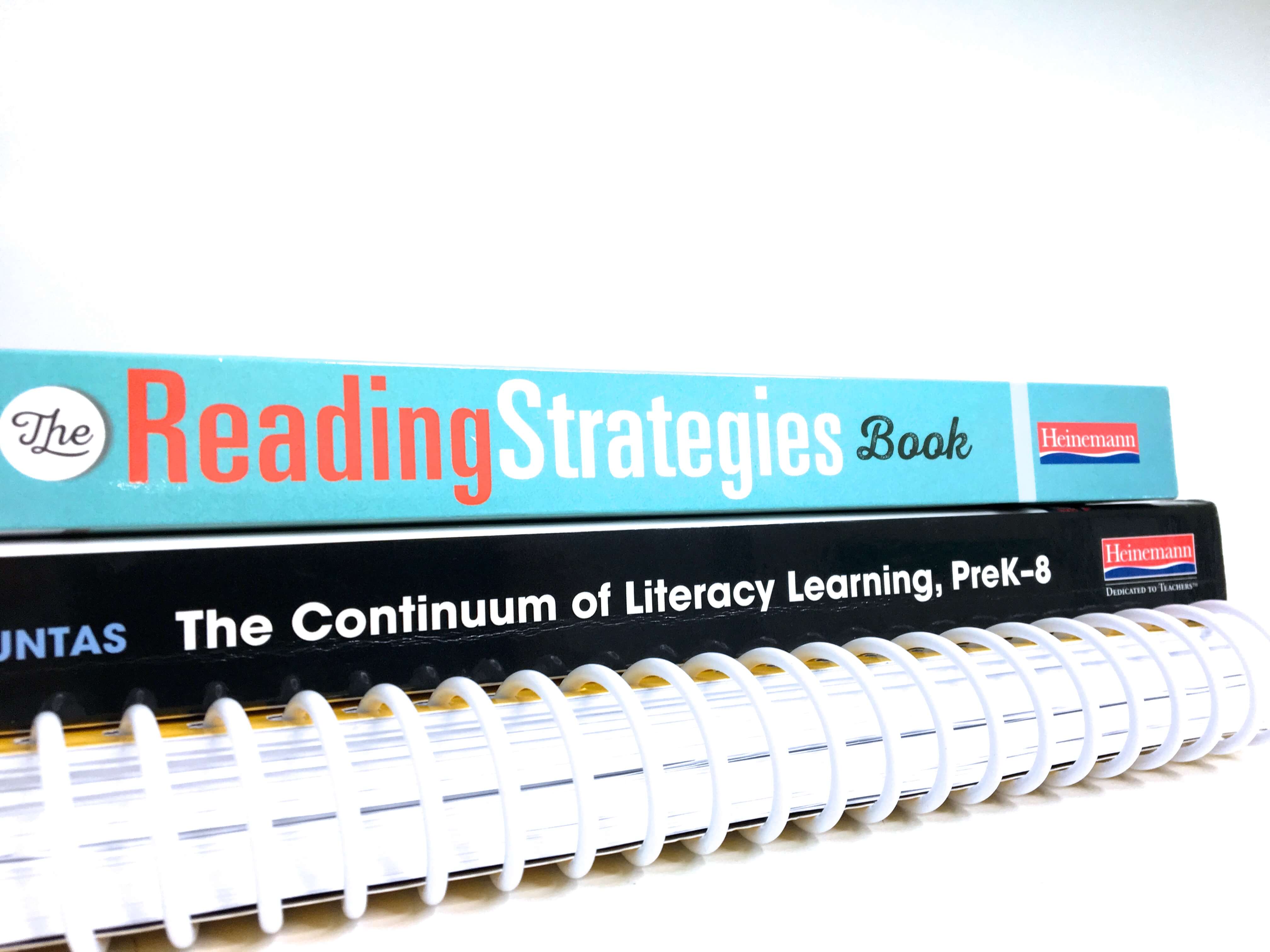
Our Guided Reading Set-Up
Of course, the reason we use a Daily 5 or Workshop schedule is so we can have that critically important guided-reading time with all of our readers, every day. Small group is when growth happens, and our beginning readers thrive during this time. I have four reading groups that are designated three different colors – green, yellow, and blue. (You can read more about my differentiation system in this post.) I store materials for my groups in a 3-drawer plastic container.
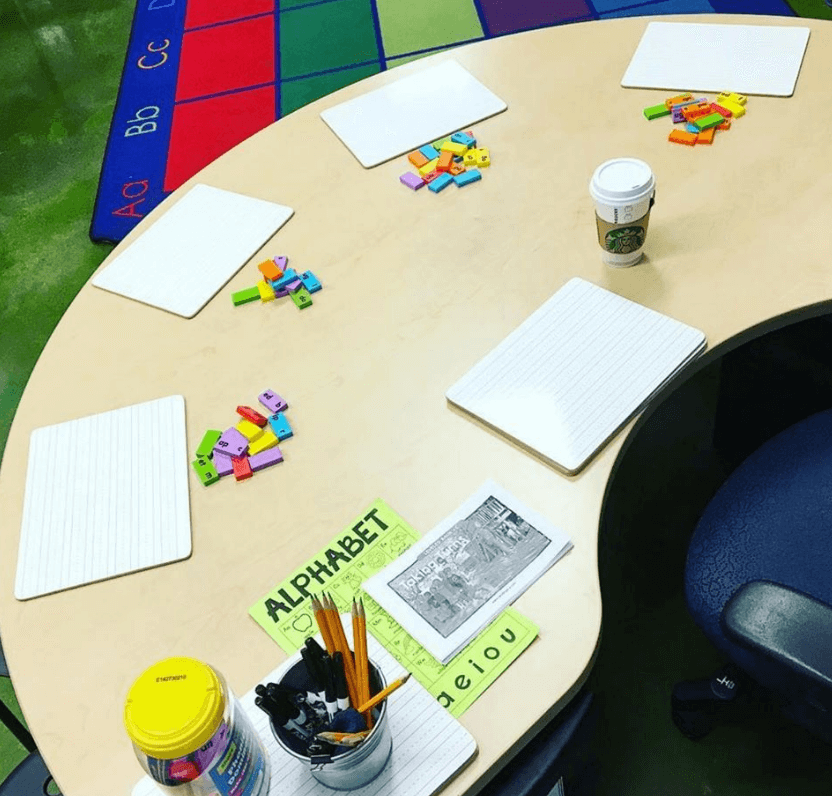
Our Guided Reading Structure
The structure I use is based off of Jan Richardson’s The Next Step Forward in Guided Reading. Her Guided Reading blocks last ~30 minutes, so I have to pick and choose what we do. Typically, below, are the things I prioritize in our 15-20 minute blocks.
A Familiar Re-Read (1-2 minutes)
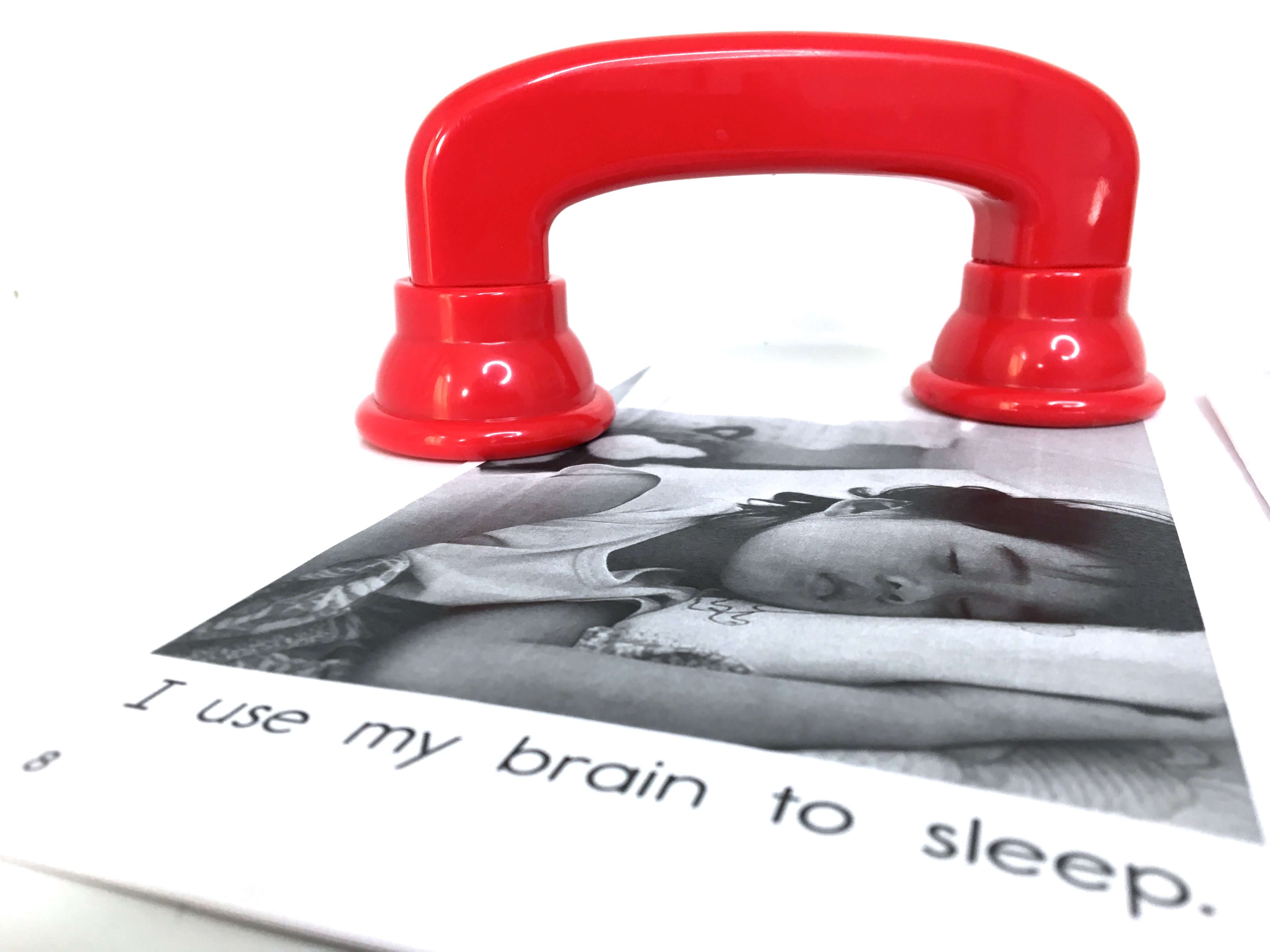
Sight Words (1-2 minutes)
Picking 1-2 words from the book that align with sight words students need to know at that level, we practice writing, saying, and applying the words. Application, not memorization, plays a HUGE role during this time. We do lots of sentence writing, oral writing, and sharing our ideas while using our focus sight words in context.
Book Intro (1-2 minutes)
A book introduction is short, sweet and too the point. It is teacher-driven and gives students only an overview of what’s in the book. It does not summarize the book or give away all the juicy tidbits. If a book is fully of content-specific vocabulary or I have several friends in a group that might need extra language support, I love to pull out this Word Predictors strategy from Hello Literacy. It’s THE most amazing way to scaffold students during Guided Reading. I briefly introduce our book & students generate a list of words they might encounter while reading. Then, we circle or tap the words when we reach them. Super simple but such a powerful strategy and helps support vocabulary-building skills!
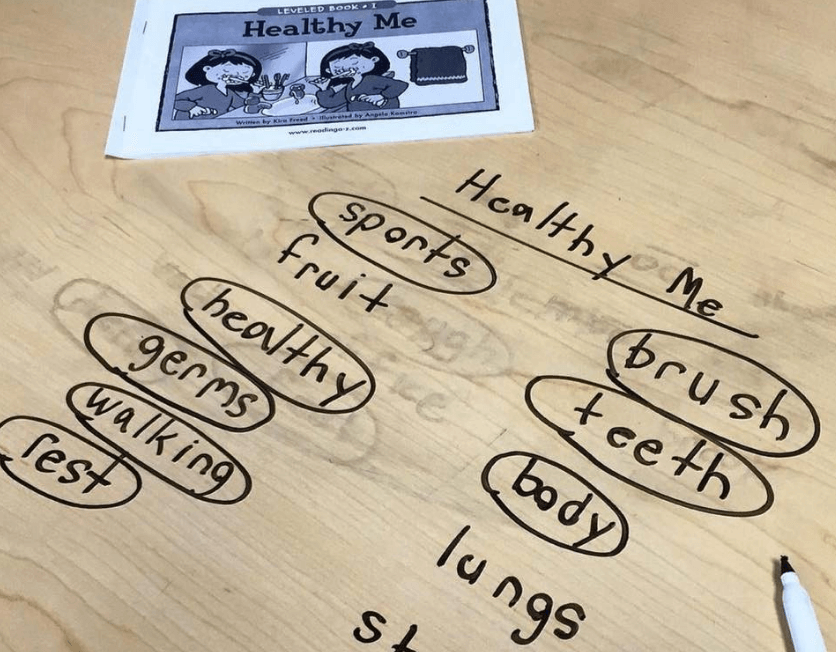
Reading with Prompting (6-7 minutes)
Once our book has been introduced, we are ready to read. Students are reading by themselves at the whisper. As students are reading (using all of their strategies and checking for any words we might have predicted), I am checking in with students individually. During this time I listen to students read, prompt them for strategies, ask questions, and provide support. Since these are INSTRUCTIONAL texts, they are meant to be slightly difficult and students will need support.
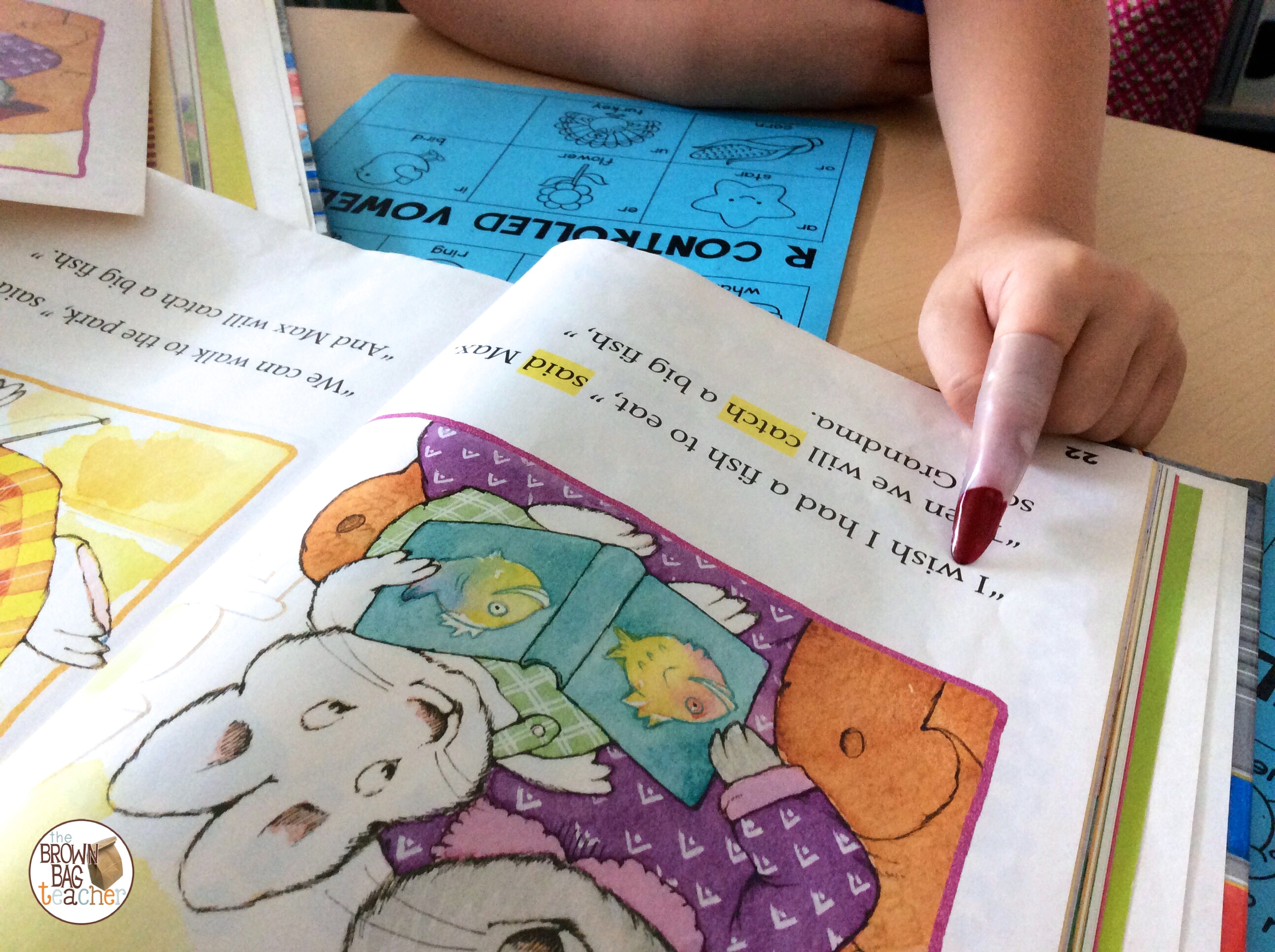
Discussion & Teaching Point (2-3 minutes)
Pulling from our weekly comprehension skill, Jan Richardson’s list of skills by Guided Reading level, or based on my observations, I pick a focus for each of our books. From self-monitoring for expression (using punctuation as the indicator) to looking at how the author convey’s a character’s feelings, this is the ‘meat’ of our guided reading time. These are discussions and applications of reading comprehension and fluency that I want students applying to their reading inside AND outside of our Guided Reading time.
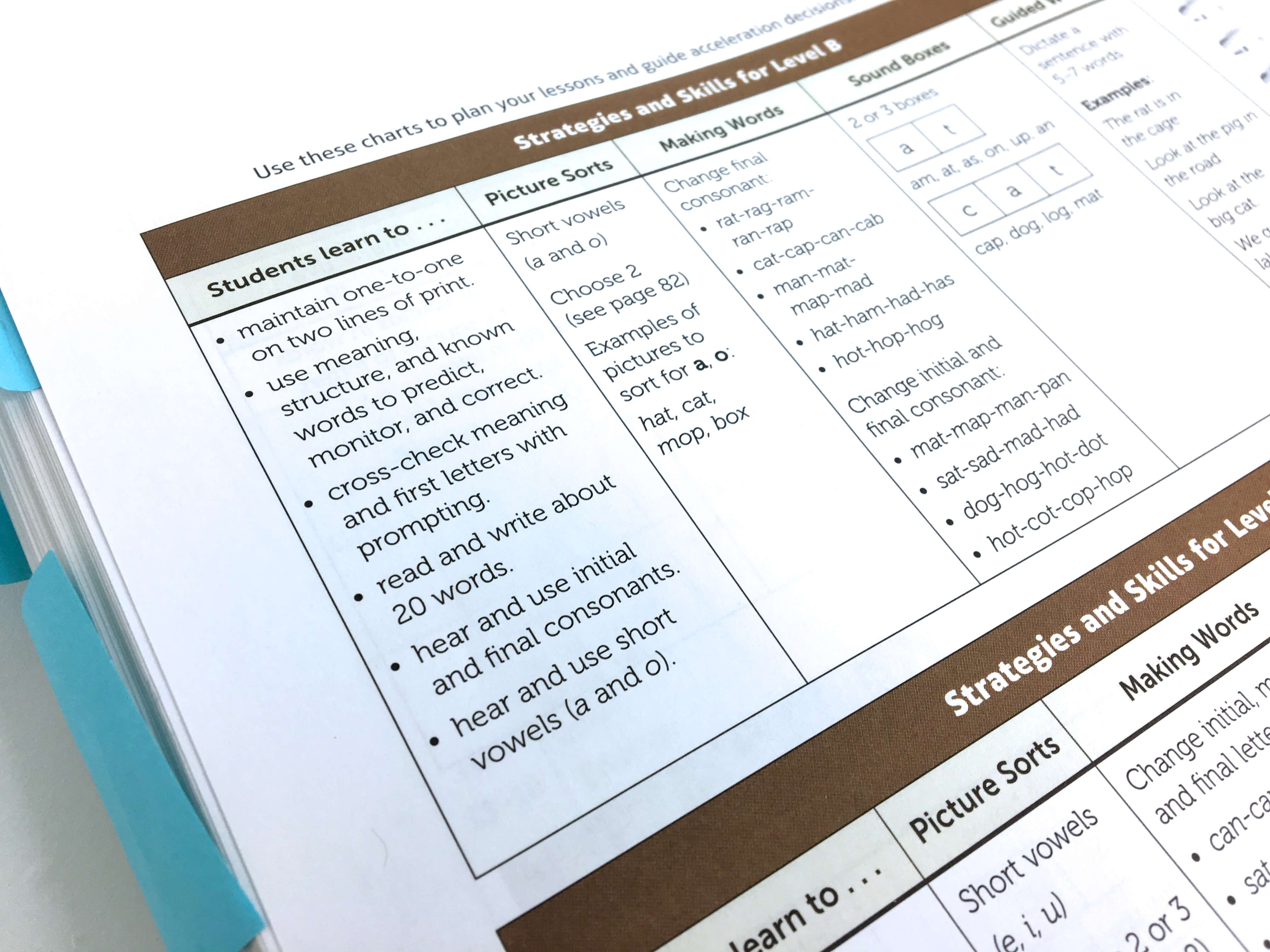
Word Work/Guided Writing (2-3 minutes)
The last few minutes for our time together is spent in Word Work. Often pulling patterns found in our texts, we build words, word ladders, and use lots of words in context. Below are some of my go-to Word Work tools – foam phonics dice, hard-sided phonics dice (these are great because different word parts are found on different color dice), and phonics tiles.
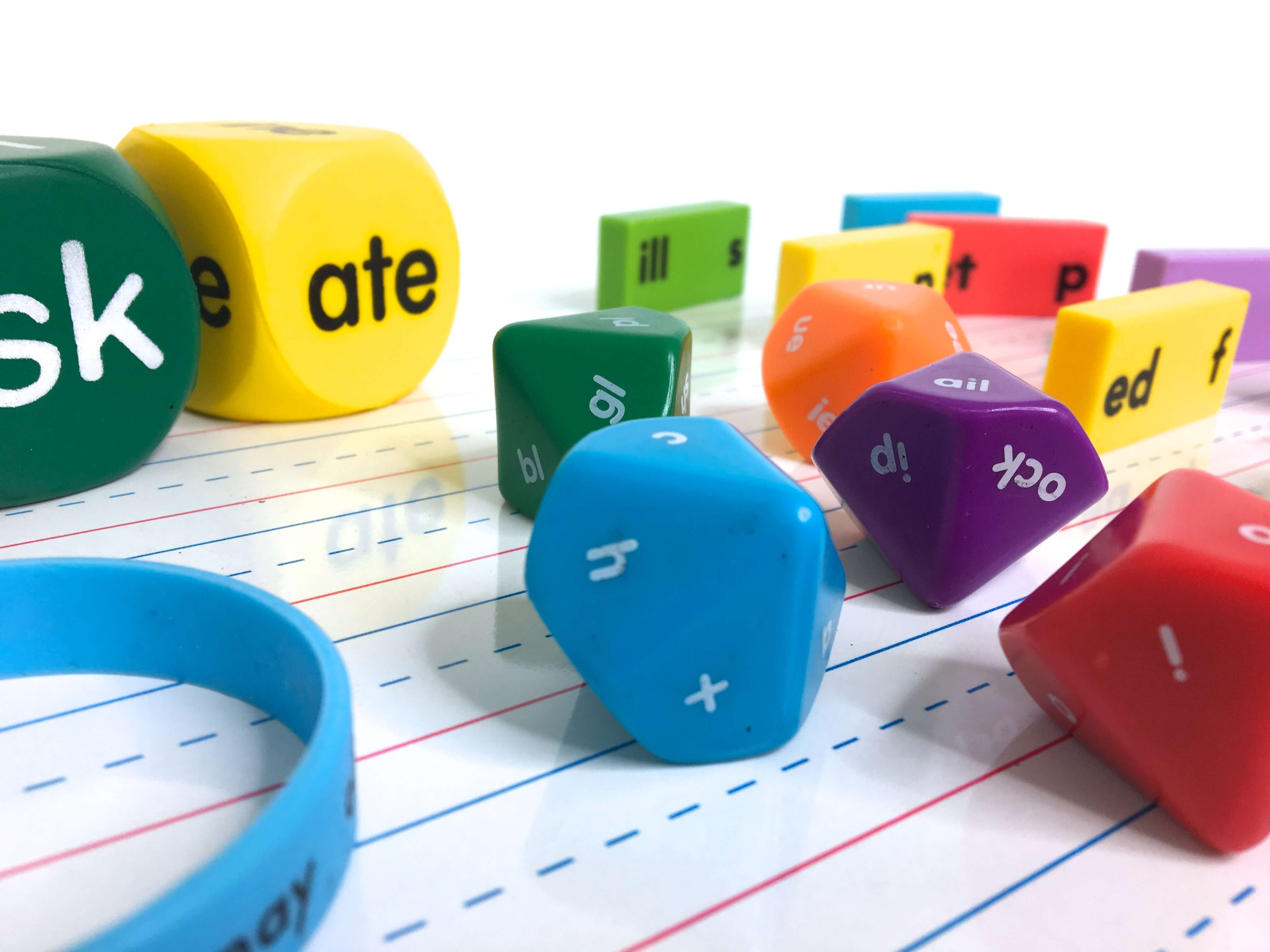
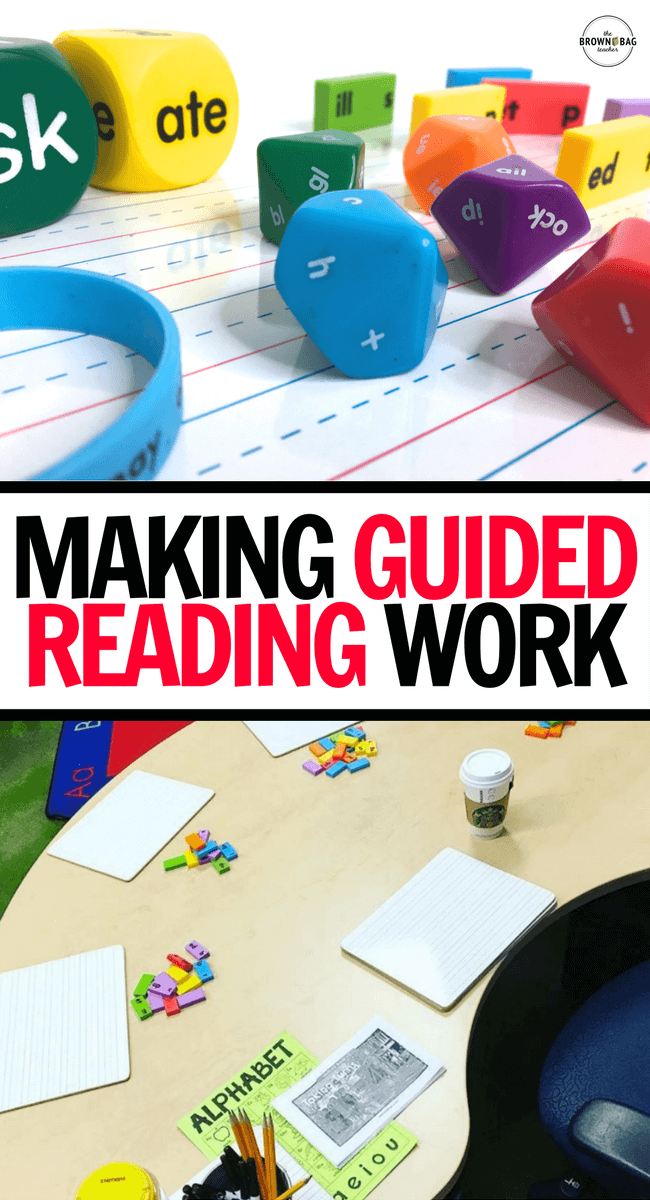
Get Free Teaching Resources!
Join me for weekly classroom updates and free resources that are just-right for your guided math classroom!
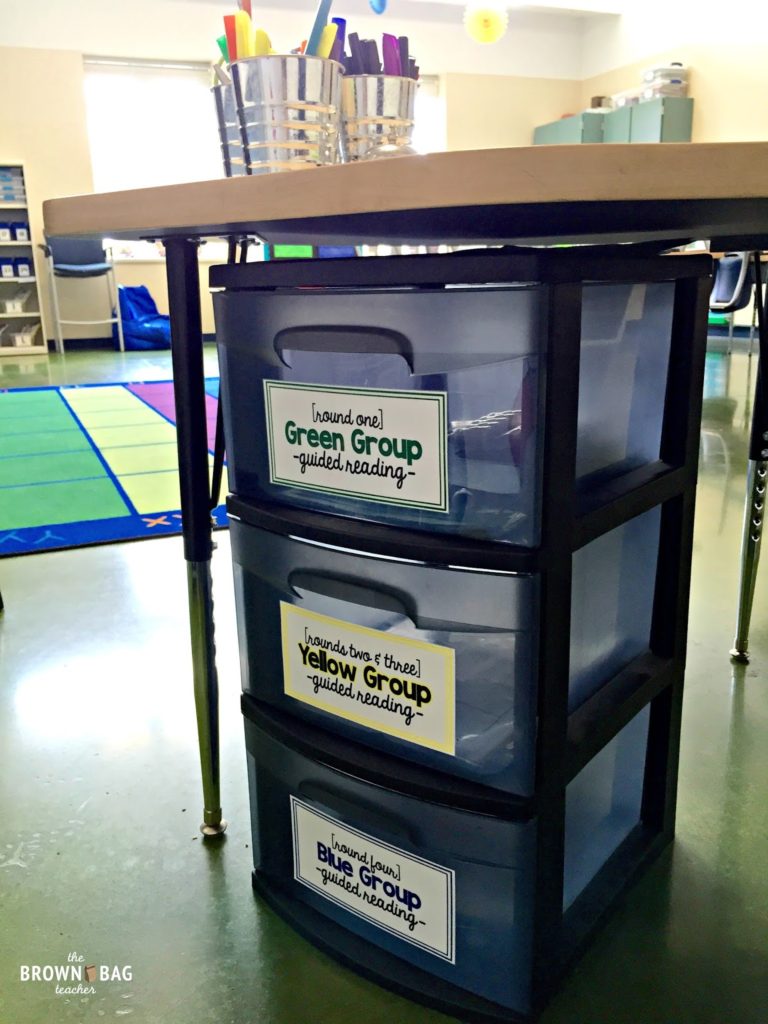


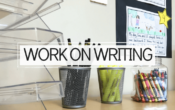

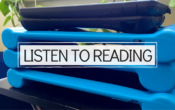
Do you have that Blends chart in your TpT store? That would be great for one of my J readers. Thanks!
HI Jennifer! You can grab the chart here -http://www.teacherspayteachers.com/Product/Phonics-Charts-for-Guided-Reading-and-Writing-638022. Good luck!
Coinfx market is a big scam broker, i paid a huge amount of $70,000, they persuaded me, into putting more of my hard earned money with all hope to get profits in return, they won’t allow me to make a withdrawal of my investment, all because all they wanted is to steal my money, i got advised to file a refund case against them, which to my greatest surprise i was able to withdraw my money, i contacted a recovery expert { MORRISGRAY830@GMAIL.COM } and his team of recovery experts, they where able to assist me with the withdrawal of my money, and restore my funds, they are very responsive, and you can reach out to him for help also, i know am not the only one who has fallen victim, people out there might also need this information,.
Hi,
Love your post –can you tell me where you got the short vowel freebie? Thanks, Chris
Hi Chris! You can snag it here – http://www.teacherspayteachers.com/Product/Sort-It-Out-A-FREE-Write-the-Room-Activity-for-Short-Vowel-Words-1457376. Enjoy! 🙂
I also start my guided reading time the second the kids walk in the door (at least that's how it feels). It is actually about 10 minutes after kids arrive, but I really like the idea of having everything out for my first group so they can start right away even without me. Love being able to take a glimpse into your room. Thank you for sharing!
Hope
Great idea to time the reading groups especially when you give them a specific activity to complete. It's those little details that are so helpful!
Hi friend! Where did you get the blend dice from? we would love that! Loved seeing your firsties in action:)
Hi Paige! I got them on Amazon. They were pricey, but we used them every week. http://www.amazon.com/gp/product/B000F8R5EG/ref=as_li_tl?ie=UTF8&camp=1789&creative=390957&creativeASIN=B000F8R5EG&linkCode=as2&tag=thebrobagtea-20&linkId=RLI5XHKHYOPAOQIA
Coinfx market is a big scam broker, i paid a huge amount of $70,000, they persuaded me, into putting more of my hard earned money with all hope to get profits in return, they won’t allow me to make a withdrawal of my investment, all because all they wanted is to steal my money, i got advised to file a refund case against them, which to my greatest surprise i was able to withdraw my money, i contacted a recovery expert { MORRISGRAY830@GMAIL.COM } and his team of recovery experts, they where able to assist me with the withdrawal of my money, and restore my funds, they are very responsive, and you can reach out to him for help also, i know am not the only one who has fallen victim, people out there might also need this information@
I'm jealous of the freedom you have in the classroom! We use Reading Streets also, but are required to implement it almost exactly as it is written in the program. For Guided Reading, I teach all the advanced second graders and the small instruction program from Reading Street is just not enough to bring my kiddos to the next level nor is engaging for them. I'd love to be able to do chapter book studies with them. Keep sharing! Maybe one day I'll be able to figure out how to do it all.
Kristin
Thank you for the wonderful idea of placing 1st group materials at each seat. It really is the small ideas in a classroom that makes it flow easier on the teacher and students!!! Happy New Year!!
I'm glad I found your blog! Just a quick question. Are your kids all reading the same thing, even if they read on a different level? I hand kids on all different reading levels in each of my groups and I'm just trying to get this all figured out. Thank you!
I'm glad I found your blog! Just a quick question. Are your kids all reading the same thing, even if they read on a different level? I hand kids on all different reading levels in each of my groups and I'm just trying to get this all figured out. Thank you!
Do you meet with every group every day? How many groups do you have? I meet with three out of four groups a day and just can't find the time to meet with them all!
Hello Samantha! I have 4 groups and I do meet with them everyday for 15-25 minutes. My higher groups meet for less time. Right now, I have 90-120 minutes for our reading block!
What do your assessments look like?
We have District Common Assessments for the Common Core Reading Standards that we use, and we use guided reading assessments!
Great explanation of how reading is set up in your room. Question, if all your groups are reading different texts, how do you test/assess/grade? I am using a basal, Treasures, and am thinking about restructuring some things like you described in your post. I have a variety of readers, mostly low. The basal is not a good fit for them. But if I don't have the whole class read that story, what do I do about the weekly reading test on Fri for that story? Any suggestions are welcome!
Hi Sarah! We actually pull outside comprehension stories from Reading Street for the assessment on Friday. They are not directly from the story read (if it was read) from the week.
Do you have a printable layout of what you do daily and the amount of time you spend on each? Do you teach anything whole group? Thanks
Hi Catherine! Where can I find the mentioned Vowel Pattern Books? Simply Second does not make them.
Thanks!
Hey Catherine–
Thank you for this awesome resource! A question for you– Where do you get your skill for the week from? Is it something you could share?
Hello,
Do you have a writing block as well or is it embeded with the daily 5 and mini lessons?
Great question! I do have a 35 minute block for Writer’s Workshop on top of our literacy block.
Great explanations of how you do it—love the times! What decodables and readers are you using? Printouts from Reading A-Z? Thanks!
Where did you find your decodables? I’m
Great explanations! Also loved your daily schedule blog, https://brownbagteacher.com/1st-grade-schedule-day-in-life/ Question: when do you do phonics instruction and introduce new sight words and phonics skills? I don’t see it in the schedules.
Thanks for all you do and share!
Guided Reading is a valuable instructional approach that provides students with targeted support in their reading journey, offering texts that challenge them just enough to promote growth. However, the process of planning and preparing for Guided Reading can be overwhelming, from lesson design to assessing student progress and organizing group activities. Friendship Calculator by Names
“I’m so grateful to have stumbled upon your blog. Your articles are a breath of fresh air, offering practical tips and uplifting messages. Your blog truly makes a difference in my life.”
Writing an expository essay requires a blend of clarity, precision, and understanding, and this page is a treasure trove of guidance on how to achieve that. The step-by-step layout on is remarkably easy to follow. The tips on brainstorming and organizing ideas are particularly useful, offering a structured approach to crafting an insightful essay. The examples provided help in visualizing the final product, making the process less daunting. It’s a commendable guide for anyone looking to excel in writing an expository essay.
Guided reading is an invaluable educational strategy. This approach enhances students’ reading comprehension and critical thinking skills. However, if you find yourself overwhelmed, you can always seek help from professionals who can write my discussion post for me about this strategy. Don’t hesitate to ask for support when needed to ensure students receive the best guidance in their reading journeys.
I personally like to visit this site because I get to read things that I need and if you need an outfit in winter then you should check out this KC Chiefs Game Taylor Swift Jacket because it is perfect for this season.
This presents a wonderful opportunity to explore such a website, and I’m delighted to have come across it. I appreciate you affording us the chance to make the most of this offer air duct cleaning service in florida
One of the standout features of a black leather shearling jacket women’s is its incredible versatility.
I recently purchased the Arcana Archive Jacket from Leather Shop Outlet, and I must say, it has exceeded all my expectations. The ordering process was smooth. The packaging was secure, ensuring that the product reached me in pristine condition.
Hello everyone! I just had to share my delightful experience shopping for beauty products on https://www.alyaka.com/collections/african-botanics The website’s user-friendly design made my navigation seamless, and I found all the valuable information I needed about African Botanics products. Each item was thoroughly described, aiding me in making well-informed choices, and the prices were quite reasonable. Ordering was a breeze, thanks to the site’s convenience. I particularly appreciated the up-to-date information available, keeping me in the loop about the latest beauty trends. Overall, I highly recommend Alyaka.com for a pleasant and hassle-free beauty shopping experience.
Hi everyone, I have been seeing a lot of people making testimony about how they recover their stolen coin back. Its true you can recover your lost funds back, I am a living testimony. While i was trading on Bitcoin on the 22nd of February 2023, I unexpectedly lost my $570,000, I was so confused, frustrated and depressed and had no idea on how to recover back my lost funds. After sometime I did an extensive research on how to recover stolen Bitcoin funds and I came across several referrals and Ads that had gotten help from `Alien Coin Recovery. I made contact immediately and I was actually very impressed with the service that i got, not only did I recover back my $570,000, I also got back my hacked social media accounts. If you are currently passing through such a nerve racking situation don’t stress out or worry anymore, just contact Alien Coin Recovery via Email/WhatsApp: (info @ aliencoin . co) (+12106461486) for all your hacking/recovery problems, rest assured you will recover everything you lost and be happy again. Thank you.
Very nice and well-explained article. Thanks for sharing! ZARMEH FASHION
Thank You
this article really helped me
The mobile compatibility of SlotsCity https://slotscity.com/game-hall is another reason why it stands out in the online casino industry. Players can enjoy their favorite games on the go, whether they are using a smartphone or tablet, without compromising on quality or performance. The seamless transition between desktop and mobile devices ensures that players can always access their accounts and play their favorite games whenever and wherever they want.
Coinfx market is a big scam broker, i paid a huge amount of $70,000, they persuaded me, into putting more of my hard earned money with all hope to get profits in return, they won’t allow me to make a withdrawal of my investment, all because all they wanted is to steal my money, i got advised to file a refund case against them, which to my greatest surprise i was able to withdraw my money, i contacted a recovery expert { MORRISGRAY830@GMAIL.COM } and his team of recovery experts, they where able to assist me with the withdrawal of my money, and restore my funds, they are very responsive, and you can reach out to him for help also, i know am not the only one who has fallen victim, people out there might also need this information!!!
Coinfx market is a big scam broker, i paid a huge amount of $70,000, they persuaded me, into putting more of my hard earned money with all hope to get profits in return, they won’t allow me to make a withdrawal of my investment, all because all they wanted is to steal my money, i got advised to file a refund case against them, which to my greatest surprise i was able to withdraw my money, i contacted a recovery expert { MORRISGRAY830@GMAIL.COM } and his team of recovery experts, they where able to assist me with the withdrawal of my money, and restore my funds, they are very responsive, and you can reach out to him for help also, i know am not the only one who has fallen victim, people out there might also need this information!:::
Coinfx market is a big scam broker, i paid a huge amount of $70,000, they persuaded me, into putting more of my hard earned money with all hope to get profits in return, they won’t allow me to make a withdrawal of my investment, all because all they wanted is to steal my money, i got advised to file a refund case against them, which to my greatest surprise i was able to withdraw my money, i contacted a recovery expert { MORRISGRAY830@GMAIL.COM } and his team of recovery experts, they where able to assist me with the withdrawal of my money, and restore my funds, they are very responsive, and you can reach out to him for help also, i know am not the only one who has fallen victim, people out there might also need this information……….
Coinfx market is a big scam broker, i paid a huge amount of $70,000, they persuaded me, into putting more of my hard earned money with all hope to get profits in return, they won’t allow me to make a withdrawal of my investment, all because all they wanted is to steal my money, i got advised to file a refund case against them, which to my greatest surprise i was able to withdraw my money, i contacted a recovery expert { MORRISGRAY830@GMAIL.COM } and his team of recovery experts, they where able to assist me with the withdrawal of my money, and restore my funds, they are very responsive, and you can reach out to him for help also, i know am not the only one who has fallen victim, people out there might also need this information./………
Blade Runner 2049 coat and you will need to change your hairstyle and look like Ryan Gosling and wear this movie coat while watching. This trench coat is heavy with grayish waxed on it bringing the rough and tough look of the jacket and you will be amazed at the quality of the coat The Ryan Gosling blade runner 2049 trench coat is a heavy-duty coat and the Faux Shearling inside makes it cool and tough. Buy this Blade Runner 2049 K Jacket now. Keep yourself warm during the winter as this coat is hot.
Hello Neighbor places you in the shoes of a curious protagonist who moves into a new neighborhood, only to discover that their neighbor is harboring a dark secret. The game combines stealth, puzzle-solving, and exploration elements, creating a thrilling and immersive experience.
Looking for expert assistance with your MBA assignments in Malaysia? Look no further than Malaysia MBA Assignment Helper! Our team of seasoned professionals is dedicated to helping you excel in your MBA program. With extensive experience in business and management, we deliver high-quality, customized solutions to meet your academic needs. Whether you need help with case studies, business plans, or strategic analyses, we’ve got you covered. Our commitment to excellence ensures that your assignments are completed to the highest standards and delivered on time.
Looking for expert assistance with your MBA assignments in Malaysia? Look no further than Malaysia MBA Assignment Helper! Our team of seasoned professionals is dedicated to helping you excel in your MBA program.
The breadth and depth of your insights truly capture what readers are looking for in today’s content especially this blog https://brownbagteacher.com/guided-reading-1st-grade-style/ however someone looking for fashion-related information should visit.